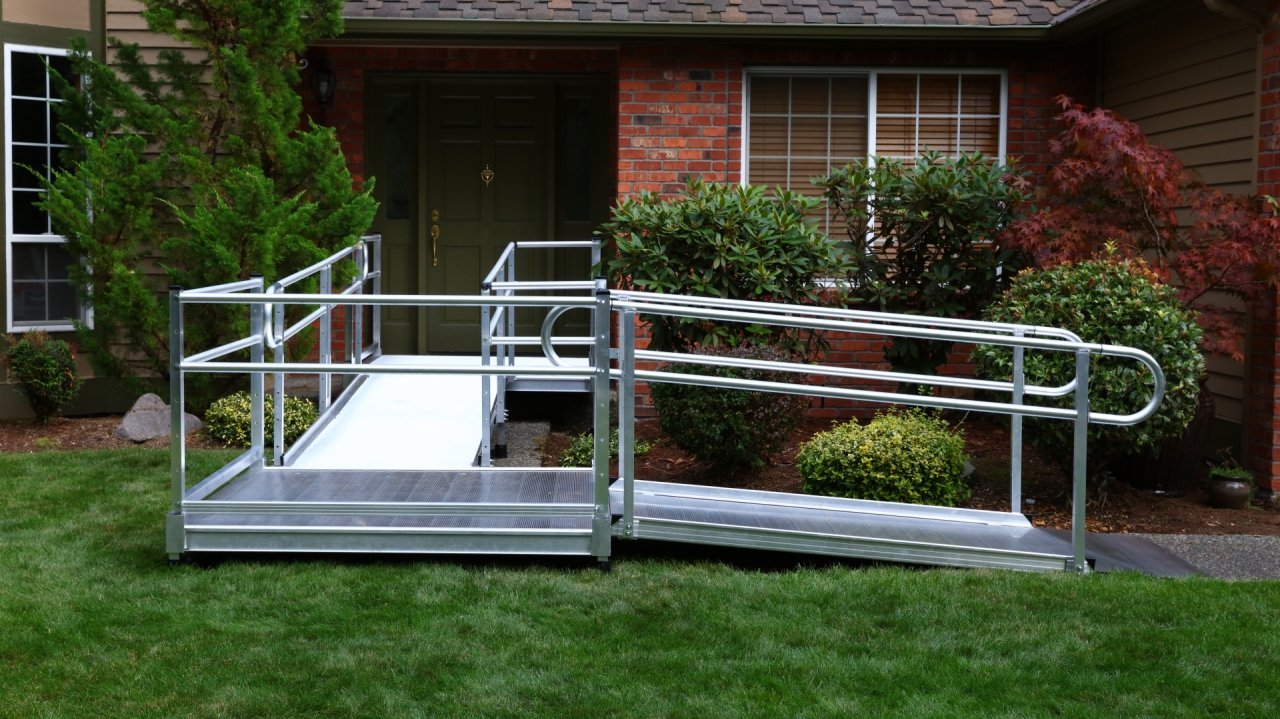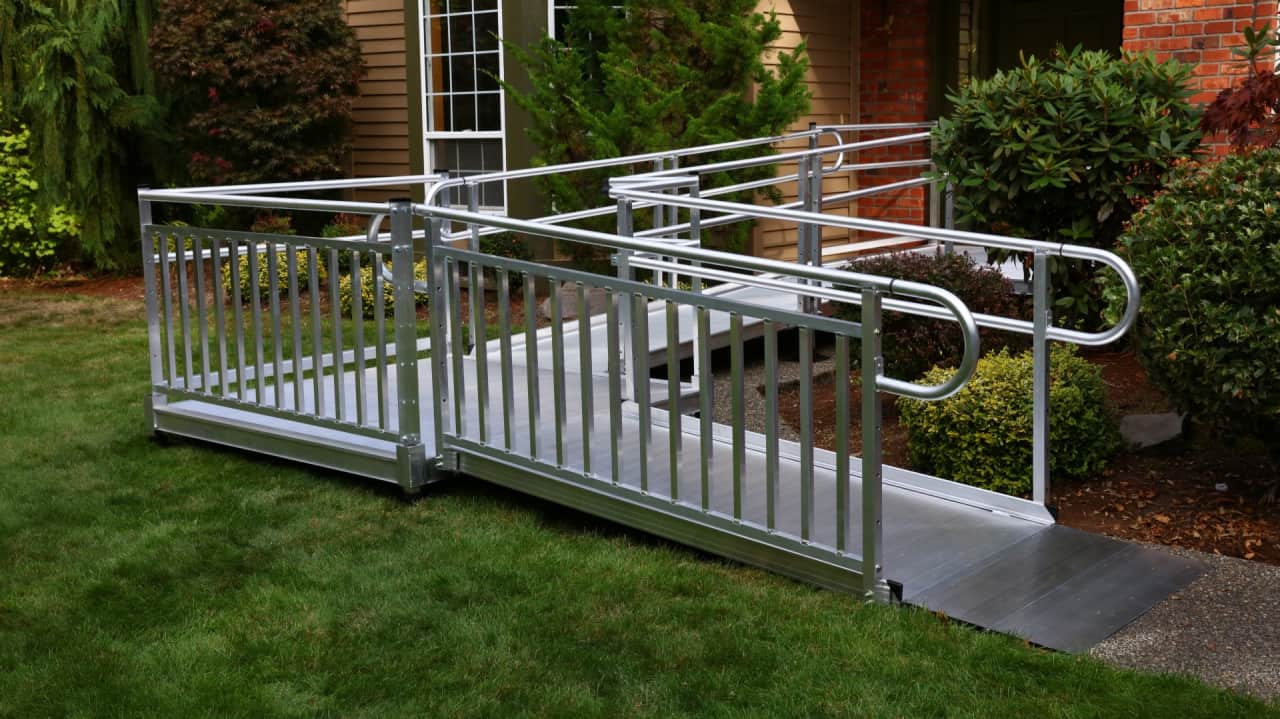
As we approach Thanksgiving, a time to express gratitude and share moments with loved ones, it's essential to ensure that the celebration is accessible to everyone. Thanksgiving is a cherished holiday, marked by the delightful aroma of a festive feast and the joy of spending quality time with friends and family. Let's delve into the art of hosting an accessible Thanksgiving that warmly welcomes and includes everyone.

1. Invitations with Inclusivity:
Begin by considering the accessibility of your invitations. Provide them in multiple formats, including print, electronic, and verbal options for those who may face reading challenges. Express openness to suggestions and a willingness to accommodate any special requests.
2. Choose an Accessible Venue:
If your home isn't fully accessible, explore hosting Thanksgiving at a venue that is. Seek spaces with ramps, wide doorways, and accessible restrooms. Should you decide to host at home, be prepared to make temporary adjustments to ensure your guests' comfort.
3. Accessible Entryways:
For homes with steps or elevated entryways, consider using portable wheelchair ramps. Ensure these ramps are sturdy and safe for use.
4. Seating Arrangements:
When arranging seating, prioritize the comfort and needs of all guests. Make space for wheelchairs or mobility devices at the dining table. Offer diverse seating options, including chairs with and without armrests, while keeping pathways clear.
5. Communication:
Engage with your guests before the event to discuss their needs and preferences. This proactive approach helps you make necessary accommodations and ensures everyone feels welcome.
6. Dietary Restrictions:
Be mindful of dietary restrictions and allergies. Communicate with guests about their dietary needs and prepare a menu that caters to everyone. Clearly label dishes to help guests identify what they can and cannot eat.
7. Safe and Navigable Space:
Enhance visibility in your home by ensuring it is well-lit. Remove tripping hazards and clutter to create clear pathways for those using mobility devices.
8. Inclusive Activities:
Plan activities that everyone can enjoy, such as board games, storytelling, or watching a movie. Ensure all guests can actively participate in and relish the festivities.
9. Transportation:
Consider providing transportation options for guests who may face difficulty getting to your home. Arrange for accessible transportation or encourage carpooling to ensure everyone can join in the celebration.
10. Communicate Your Commitment:
Clearly express your commitment to accessibility in your Thanksgiving celebration. Inform your guests about the steps you've taken to make the event as inclusive as possible, and welcome feedback for future improvements.
 Thanksgiving is a time for togetherness and reflection. By ensuring your celebration is accessible to all, you create an environment of love, warmth, and gratitude. Your efforts in hosting an inclusive Thanksgiving not only make the day special for those with disabilities but also embody the true spirit of the holiday—embracing and celebrating diversity, togetherness, and gratitude.
Thanksgiving is a time for togetherness and reflection. By ensuring your celebration is accessible to all, you create an environment of love, warmth, and gratitude. Your efforts in hosting an inclusive Thanksgiving not only make the day special for those with disabilities but also embody the true spirit of the holiday—embracing and celebrating diversity, togetherness, and gratitude.
As you prepare your Thanksgiving feast and festivities, remember that a welcoming and accessible environment is the best way to express gratitude for the presence of all your loved ones.


